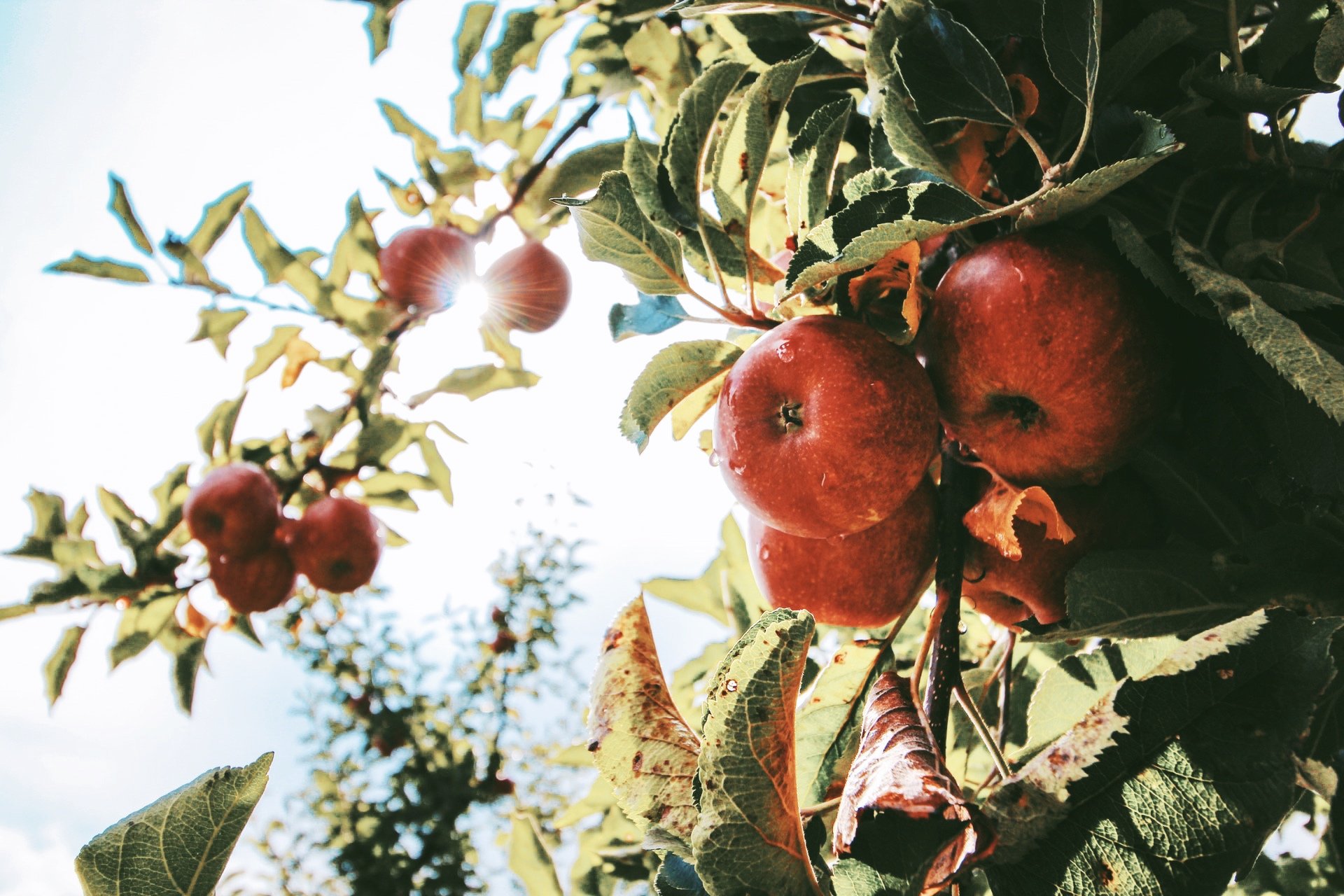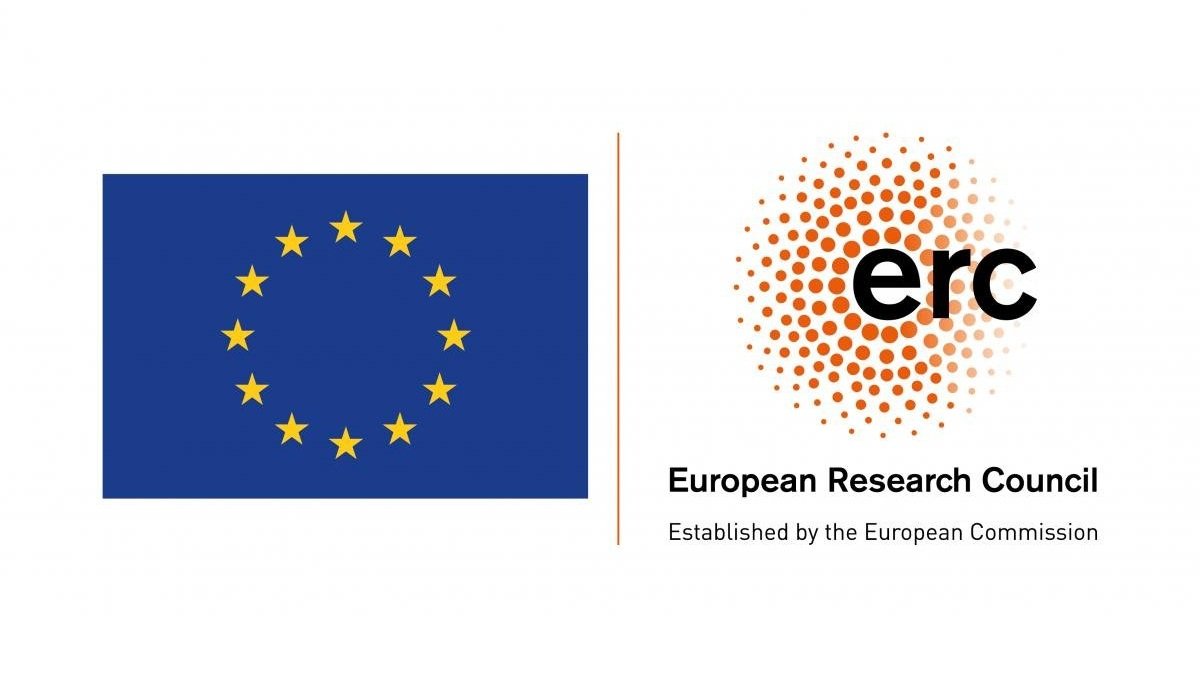
Fruits of Eurasia: Domestication & Dispersal
The Origins and Evolution of Our Food
Top 10 Discoveries of 2019, 2023 & 2024
•
ARCHAEOLOGY magazine
•
Top 10 Discoveries of 2019, 2023 & 2024 • ARCHAEOLOGY magazine •
AS FEATURED IN
Where does our food come from? And what was its role in the creation of our modern culture?
Dr. Robert Spengler’s ERC-funded project, Fruits of Eurasia: Domestication and Dispersal (FEDD), studies perennial fruit and nut trees. Archaeobotanical and genetic studies show that these plants followed a different path to domestication, and their early cultivation represented new concepts of land tenure and farming knowledge.
International Teamwork
Linking the biological and social sciences, FEDD is a large-scale collaboration of international researchers. Together, they seek to identify the origins of modern fruits and answer heavily disputed questions about human-plant interactions and evolutionary change.
Historic Field Studies
Many tree crops originated in Central Asia and dispersed through Silk Road trade. The Spengler Lab team is excavating throughout the mountain foothills of Inner Asia, sampling archaeological sites from the late Pleistocene through the Mongol conquests.
“The domestication of plants and animals is one of the most important factors in the demographic shifts and cultural changes that have led humanity into the modern world.”
—Robert Spengler for Cosmos Magazine










